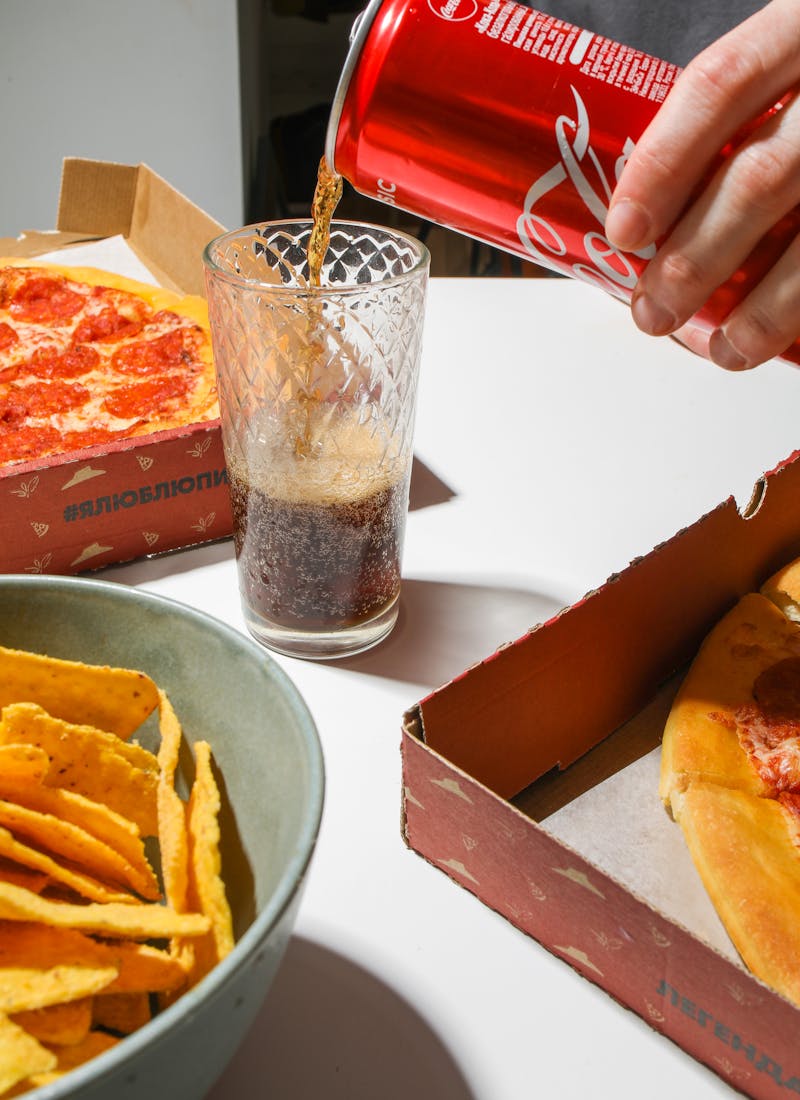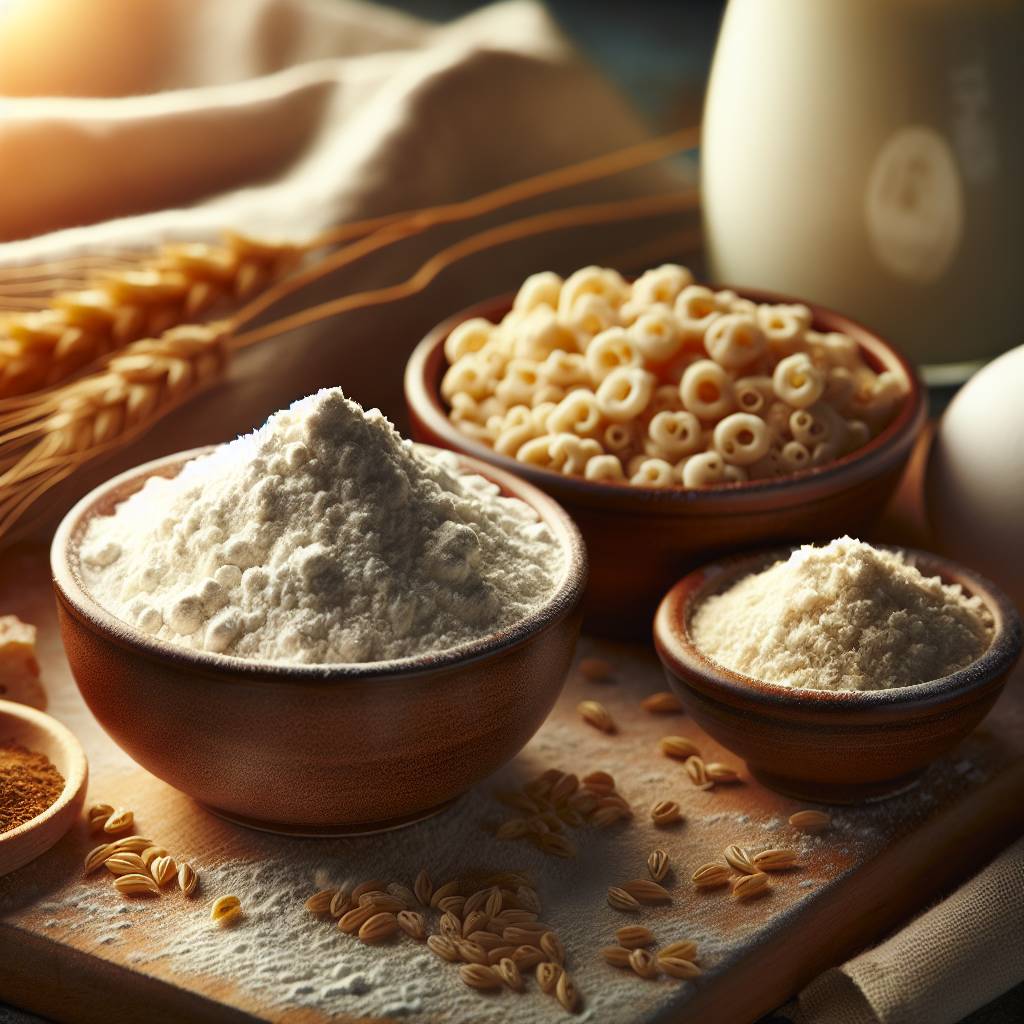Is It Possible to Make Yeast-Free Pizza Dough?
Yes, you can make pizza dough without yeast by using baking powder or self-rising flour as leavening agents. These alternatives can help achieve a similar rise and texture in the dough, catering to various dietary restrictions while still enjoying delicious homemade pizza.
What are some yeast-free alternatives for making pizza dough, and how do they affect the texture and rise of the dough?
When you’re looking to make pizza dough without yeast, there are a few good options to consider. One popular alternative is using baking powder. Baking powder, when mixed with the wet ingredients in dough, starts a chemical reaction that produces carbon dioxide bubbles. These bubbles help the dough to rise, even without yeast. Another option is self-rising flour, which is basically all-purpose flour mixed with baking powder and salt. This can also be used to make pizza dough rise without the need for yeast.
Using these yeast-free alternatives affects the texture and rise of the dough in a few ways. Dough made with baking powder or self-rising flour tends to have a softer and more cake-like texture compared to the chewy texture of yeast-based doughs. The rise achieved with these alternatives is also quicker and less pronounced. This means that the dough won’t have the large air pockets often found in traditional pizza crusts, resulting in a denser final product.
How can baking powder or self-rising flour be used as substitutes in pizza dough recipes?
To use baking powder as a substitute in pizza dough recipes, you can add about 2 teaspoons of baking powder for every cup of flour used in the recipe. It’s important to mix the dry ingredients well before adding any wet ingredients to ensure the baking powder is evenly distributed. This will help achieve a more uniform rise in the dough. For self-rising flour, since it already contains baking powder and salt, you can simply replace the all-purpose flour called for in the recipe with an equal amount of self-rising flour.
The key benefit of using these substitutes is that they eliminate the need for the dough to rest and rise over time, as is necessary with yeast-based doughs. This means you can make your pizza dough and bake it right away, saving time. However, because these alternatives cause the dough to rise differently, you may need to adjust the amount of liquid in the recipe to achieve the right dough consistency. It’s a bit of trial and error at first, but once you get the hang of it, making yeast-free pizza dough can be quite straightforward.

Pexels @Polina Tankilevitch
What are the benefits of using yeast-free options for individuals with dietary restrictions?
For individuals with dietary restrictions, especially those who are allergic to yeast or are following a strict diet that limits yeast, yeast-free pizza dough options are a great alternative. These options allow people to enjoy pizza without having to worry about the potential health effects of consuming yeast. Additionally, yeast-free doughs are often quicker to prepare since they don’t require the resting and rising times that traditional yeast doughs do, making them a convenient choice for those with busy lifestyles.
Another benefit is that yeast-free pizza dough can be easier to digest for some people. Yeast can cause bloating and discomfort in individuals with sensitive stomachs, so eliminating it from the dough can make pizza more enjoyable for those with digestive issues. Likewise, experimenting with yeast-free doughs can also encourage creativity in the kitchen, as it opens up new possibilities for textures and flavors in homemade pizza.
How do yeast-free pizza doughs compare to traditional recipes in terms of flavor and texture?
Yeast-free pizza doughs offer a different experience in terms of flavor and texture compared to traditional yeast-based doughs. Without yeast, the dough lacks the distinct, slightly tangy flavor that fermentation brings. This means that yeast-free doughs might taste more neutral, allowing the flavors of the toppings to stand out more. However, some people might miss the depth of flavor that yeast contributes to the dough.
In terms of texture, yeast-free pizza crusts tend to be denser and have a more uniform crumb, lacking the airy pockets created by yeast fermentation. They can also be softer and more biscuit-like, which might be a pleasant change for those who prefer a less chewy crust. While the differences are noticeable, many find yeast-free pizza doughs to be a delicious and satisfying alternative, especially when dietary restrictions or time constraints are a factor.
| Ingredients | Substitute for Yeast |
|---|---|
| All-purpose flour | Baking powder, baking soda, or self-rising flour |
| Water | Buttermilk, yogurt, or milk |
| Olive oil | Vegetable oil or melted butter |
| Salt | Adjust to taste |
Is is possible to make decent pizza dough without Yeast?
byu/ExacoCGI inEatCheapAndHealthy
How can you ensure yeast-free pizza dough still achieves a desirable crust and chewiness?
Getting that perfect crust and chewiness in yeast-free pizza dough is all about the ingredients and how you handle the dough. For starters, using a combination of baking powder and plain yogurt can help give your dough a nice lift and tenderness. This mix acts a bit like yeast would, making the dough rise a bit and giving it that chewy texture we all love. I remember making a batch with this combo, and the difference was night and day compared to just using water and flour.
Another key point is not to skimp on the kneading process. Even though there’s no yeast to activate, kneading helps develop the gluten in the flour, which is crucial for that chewy texture. Aim for at least 5 minutes of kneading, this will make sure your dough has the right structure. And in terms of baking, a hot oven is your best friend. Preheat your oven as high as it will go, usually around 475°F to 500°F. This high heat cooks the dough fast, creating a nice crust on the outside while keeping the inside chewy.

What adjustments in kneading and baking times are necessary when using yeast-free alternatives?
When you’re working with yeast-free pizza dough, the kneading and baking times do change a bit. Since there’s no yeast to give the dough its rise, you don’t have to let the dough rest and rise before baking. This cuts down on prep time, which is great if you’re in a hurry. However, you still need to knead the dough well to activate the gluten. As mentioned before, aim for at least 5 minutes of kneading. This ensures your dough will have the right texture and won’t fall apart when you stretch it out.
Baking time is also a bit different. Yeast-free doughs tend to cook a bit faster since they’re denser and don’t have the air pockets that yeast doughs do. Keep an eye on your pizza as it bakes, and start checking for doneness around the 10-minute mark. Remember, a hot oven is key to getting that perfect crust, so make sure your oven is preheated properly. This will help your pizza cook evenly and get that delicious crispy bottom.
Are there any special tips for handling and shaping yeast-free pizza dough?
Handling and shaping yeast-free pizza dough can be a bit tricky since it’s less elastic than traditional dough. One tip is to roll your dough between two pieces of parchment paper. This prevents the dough from sticking to your rolling pin or the counter and makes it easier to get an even thickness. Plus, you can then easily transfer the dough to your baking sheet or pizza stone by simply lifting the parchment paper.
Another helpful tip is to let the dough rest for a few minutes after you’ve rolled it out. This resting period allows the gluten to relax, making the dough less likely to tear when you’re adding your toppings. And speaking of toppings, try not to overload your pizza. Too many toppings can make the crust soggy, especially since yeast-free doughs are denser. Stick to a few favorites and spread them out evenly for the best results.
What are some creative ways to enhance the flavor of yeast-free pizza crusts?
Enhancing the flavor of yeast-free pizza crusts can be really fun and lets you get creative in the kitchen. One way is to add herbs and spices directly into the dough. Things like garlic powder, dried oregano, or even a pinch of chili flakes can add a nice kick. I once added some finely grated Parmesan cheese into the dough, and it was a game-changer. The cheese melted as the pizza baked, adding a rich, savory flavor that complemented the toppings beautifully.
Another great way to boost flavor is by brushing the crust with a flavored oil before adding your toppings. A garlic-infused olive oil or even a bit of truffle oil can add a lot of depth to your pizza. Just brush a thin layer on the rolled-out dough, and then add your sauce and toppings as usual. This not only adds flavor but also helps to create a barrier that keeps the dough from getting soggy. With these tips, your yeast-free pizza crust will be so tasty, you might not even miss the traditional kind.
Final Thoughts
While yeast is a traditional ingredient in pizza dough, it is possible to make delicious pizza dough without it. Here’s how:
- Yeast is typically used in pizza dough to help it rise and develop flavor.
- You can make pizza dough without yeast by using baking powder or self-rising flour as leavening agents.
- Alternatively, you can opt for a no-yeast pizza dough recipe that relies on a longer fermentation process to develop flavor and texture.
- Experimenting with different ingredients like beer, yogurt, or sourdough starter can also yield tasty no-yeast pizza dough.
- Remember that while yeast adds a distinct flavor to pizza dough, going yeast-free can result in a quicker and simpler dough-making process.






